How to Choose the Right Color Temperature for LED Strips: A Professional Guide
When purchasing LED strips, color temperature is just as important as operating voltage.
Color temperature determines the light’s tone and overall ambiance, greatly influencing the final effect. Common options on the market range from 2700K to 6500K, and with so many choices, you might wonder: Which color temperature is right for me?
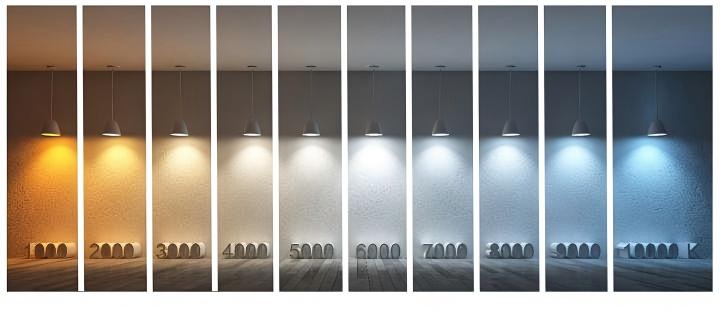
To help you decide quickly, here’s a handy color temperature application chart to guide you in selecting the perfect LED strip.
| Color Temperature Reference Table | ||
| Color Temperature | Main Application Scenarios | Lighting Effect |
| 2700K | Living rooms, bedrooms | Warm light that creates a cozy, comfortable atmosphere |
| 3000K | Kitchens, dining areas, restaurants | Warm and soft, ideal for dining and home environments |
| 4000K | Retail stores, hotel lobbies, office spaces | Neutral white light that balances comfort and clarity |
| 5000K | Industrial areas, factories, color evaluation, art production | Bright cool white that enhances detail visibility |
| 6500K | Art production, digital art, polarized lighting, photography | Cool daylight-like light, perfect for precise work and shoots |
How to Choose the Right Color Temperature
When selecting color temperature, consider the following key factors:
1.Purpose and Scene
Different settings require different light tones: Home environments: Spaces such as living rooms, bedrooms, and dining areas usually favor warm light (2700K–3000K) to create a cozy, relaxing atmosphere that encourages comfort and rest.
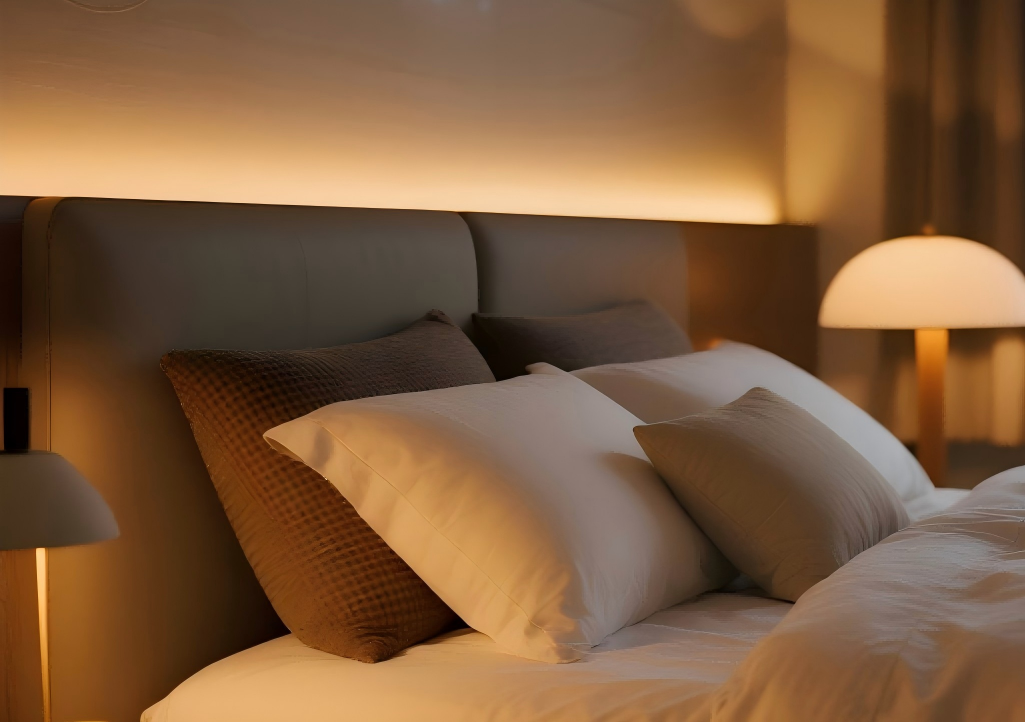
Work environments: Offices, meeting rooms, and retail stores are best suited to neutral white light (4000K), which ensures visual comfort while supporting long periods of focus
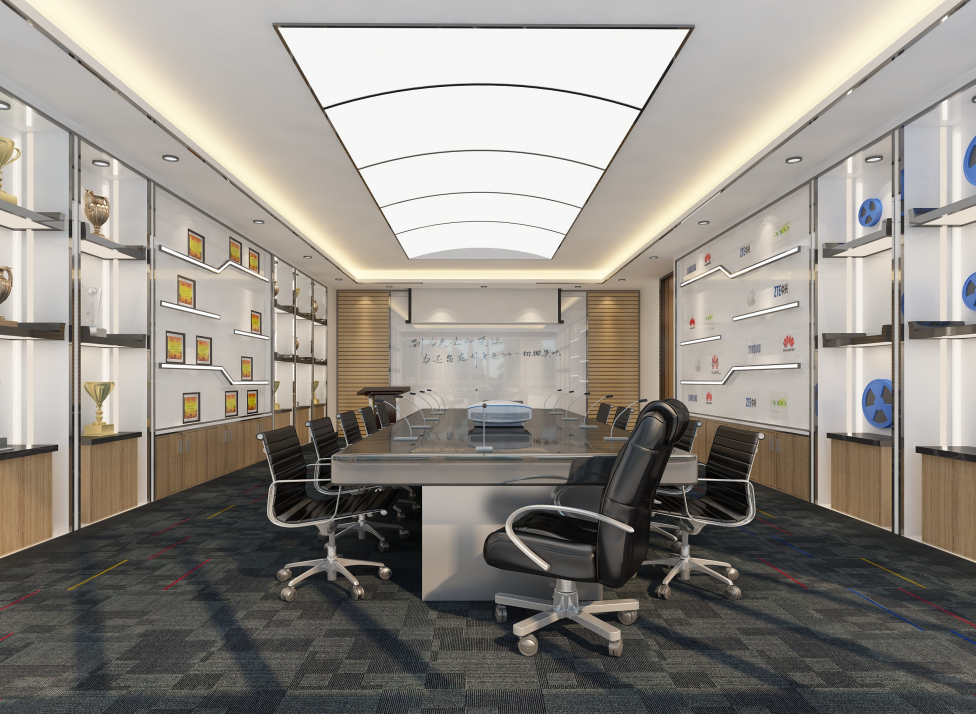
Professional settings: Photography studios, exhibitions, and factory inspections often need cool white light (5000K–6500K) with high brightness and color accuracy for detailed observation and true color rendering.
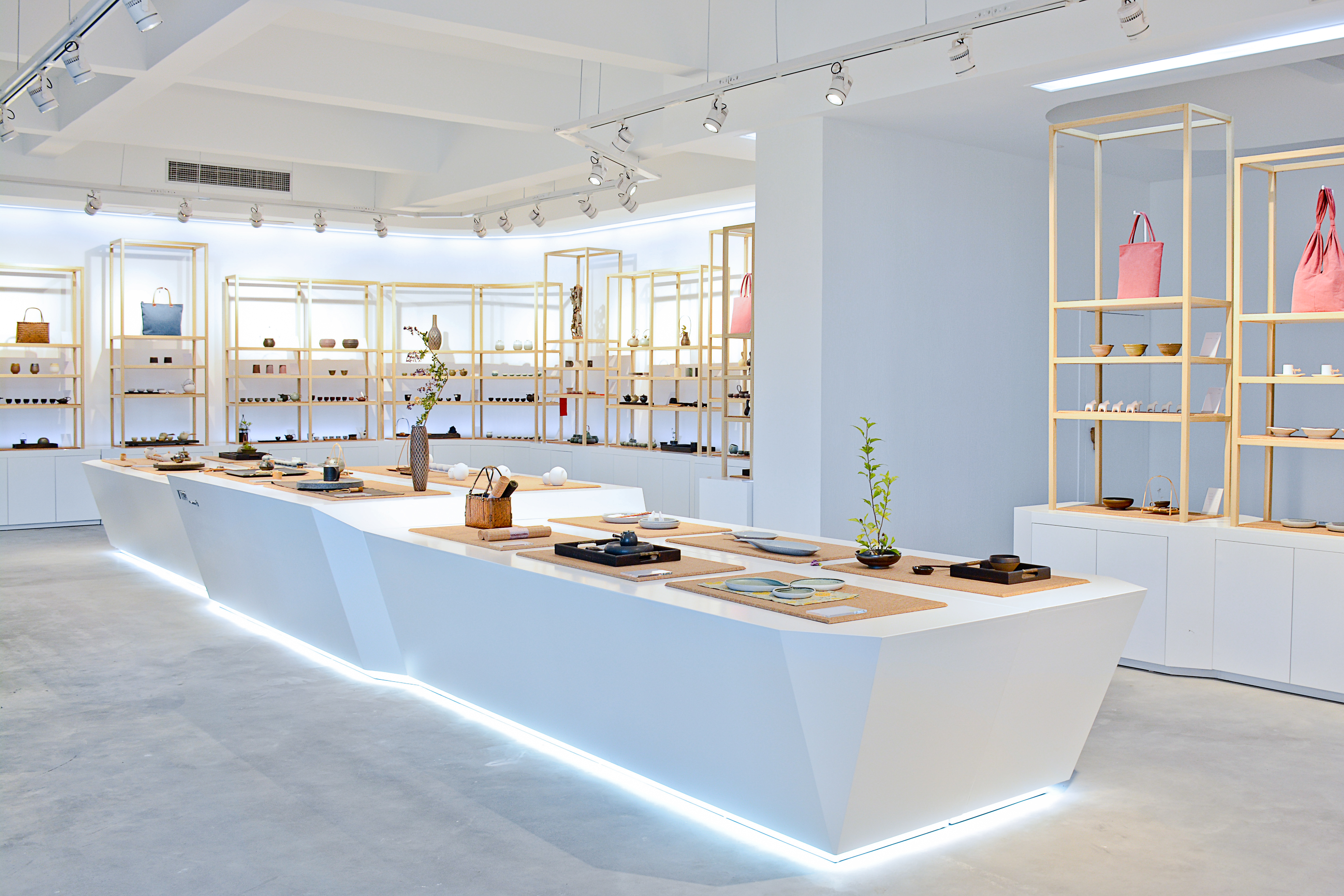
2. Visual Perception
Color temperature directly affects how people feel and how their eyes respond to light:
Warm light (2700K–3000K):Creates a soft, cozy atmosphere and reduces eye strain—ideal for relaxing spaces. However, very low color temperatures can introduce a yellowish tint, making them less suitable for detailed tasks.
Neutral white (4000K): Balances the warmth of yellow light and the clarity of cool light, giving spaces a bright yet comfortable look—perfect for multipurpose areas.
Cool light (5000K–6500K):Offers crisp, bright illumination with excellent color rendering, ideal for precision work or displays. But prolonged exposure may feel too cold or harsh.
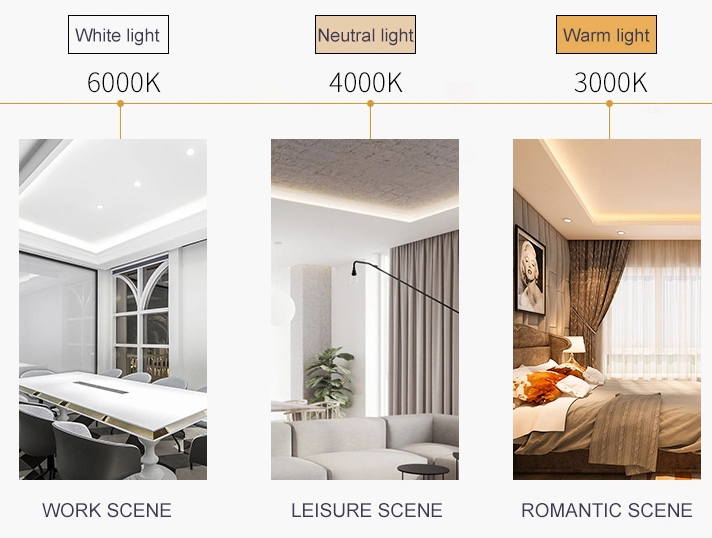
3. Aesthetics and Design Needs
Color temperature not only defines the light’s tone but also shapes the overall style and atmosphere of a space:
Warm light:Creates a cozy, soft ambiance, making it ideal for hotels, restaurants, and home interiors where comfort is key.
Neutral white light: Conveys a modern, clean look, suitable for offices and commercial spaces to enhance professionalism.
Cool light: Emphasizes a sense of modernity and technology, fitting for exhibitions, art spaces, or high-precision work environments.
In design, color temperature can also serve as a tool for mood control, with different zones using varied tones to create layers and unique visual effects.

If your project spans multiple settings, consider using CCT (Correlated Color Temperature) adjustable LED strips, which allow flexible switching between warm and cool tones for maximum adaptability and comfort.
REQUEST A QUOTE
If you’re unsure which color temperature is best for your project, feel free to contact us. We can recommend the ideal LED strip color temperature based on your specific application and requirements.
Consult Now → Click here to contact us
Or email us at: